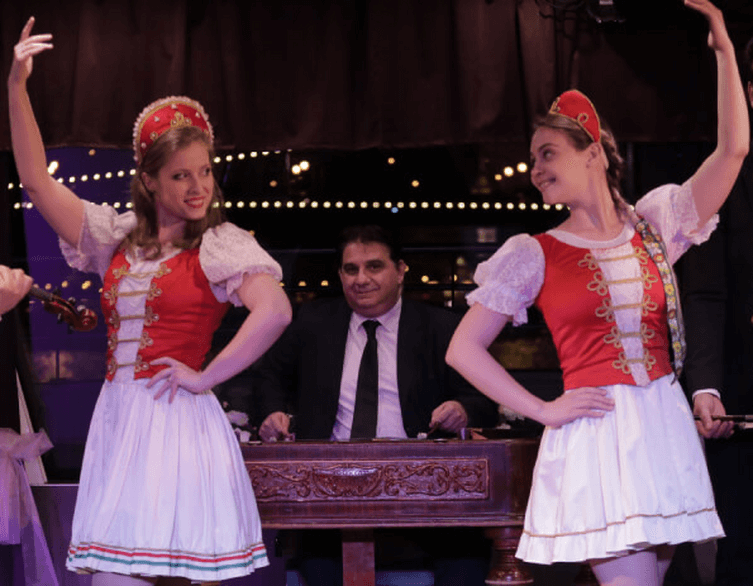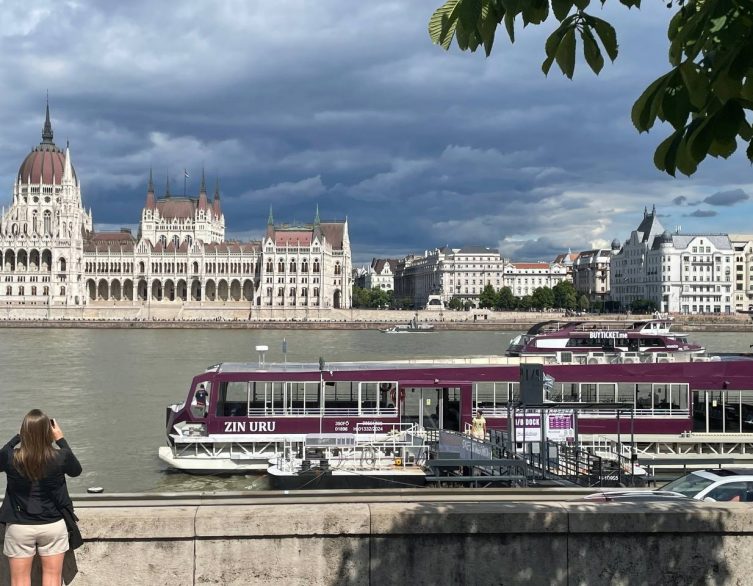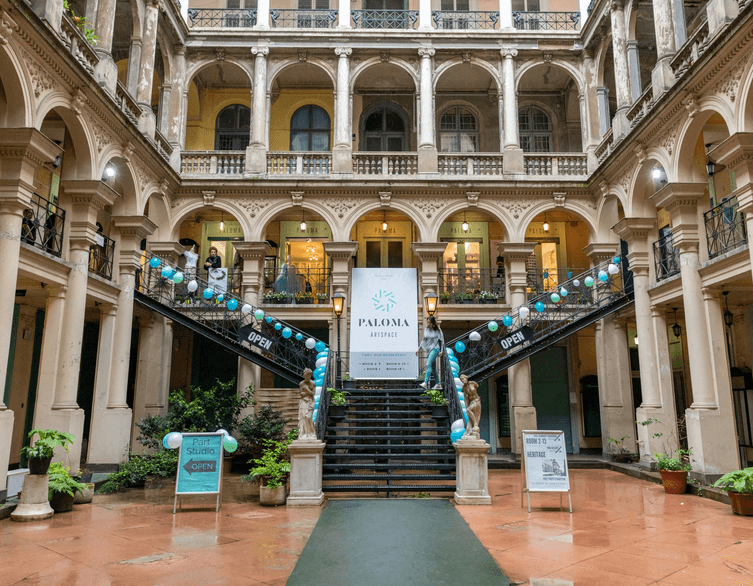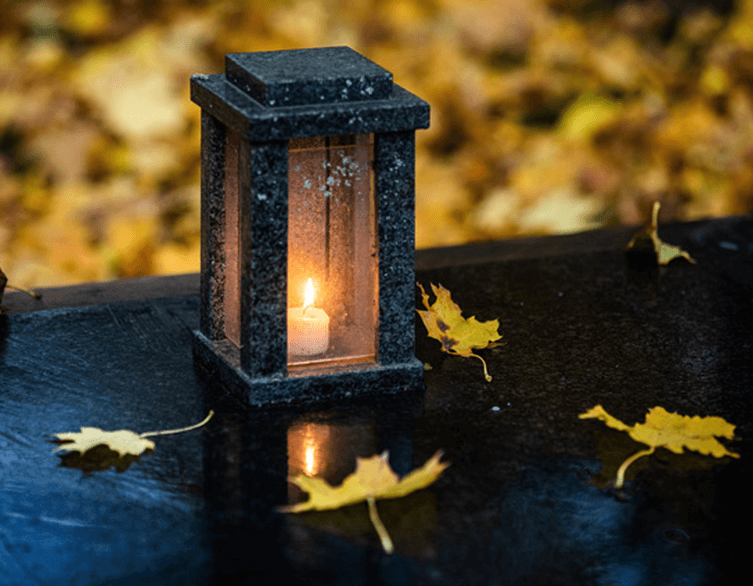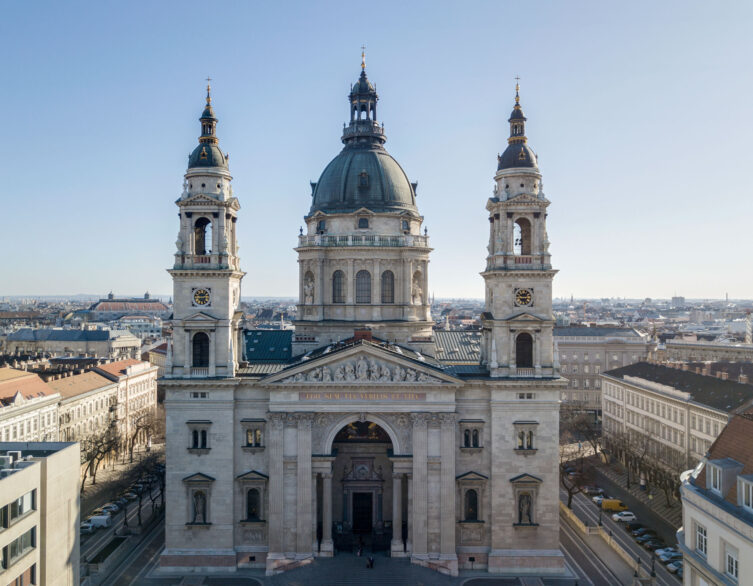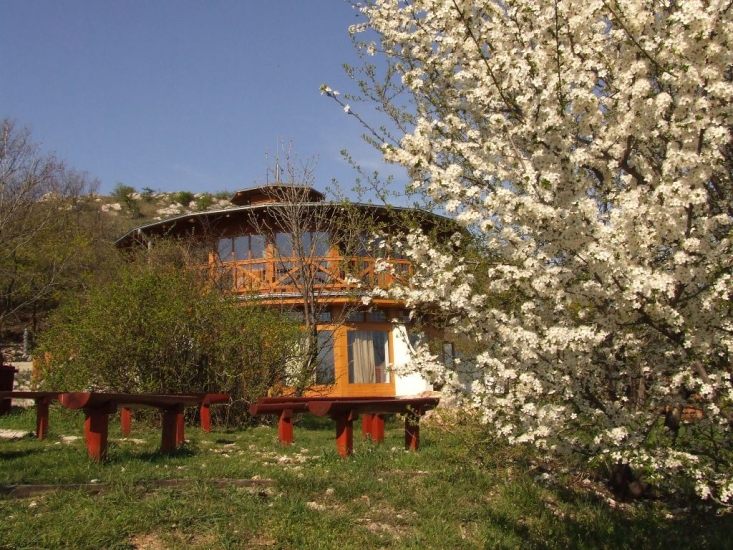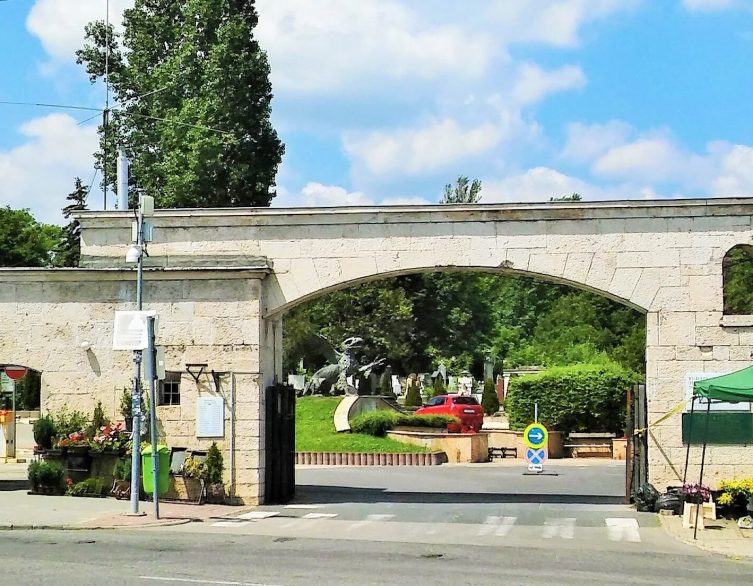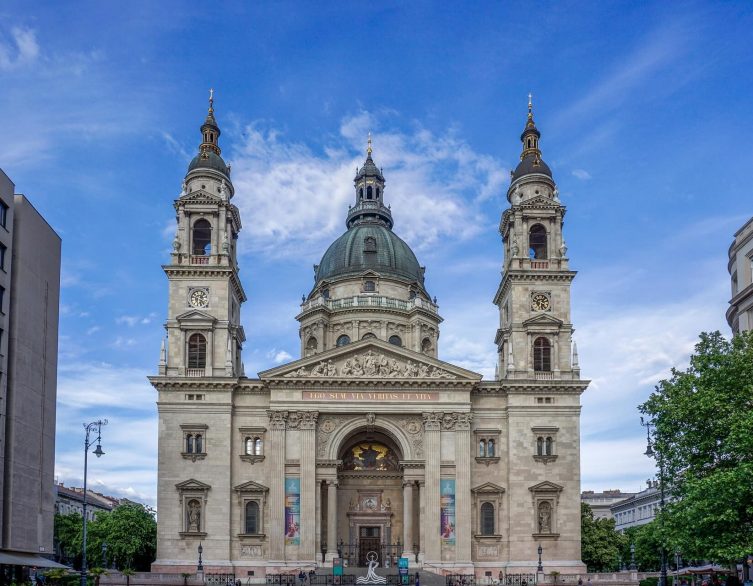Discovering Budapest’s Historic Cemeteries: Where History Comes Alive
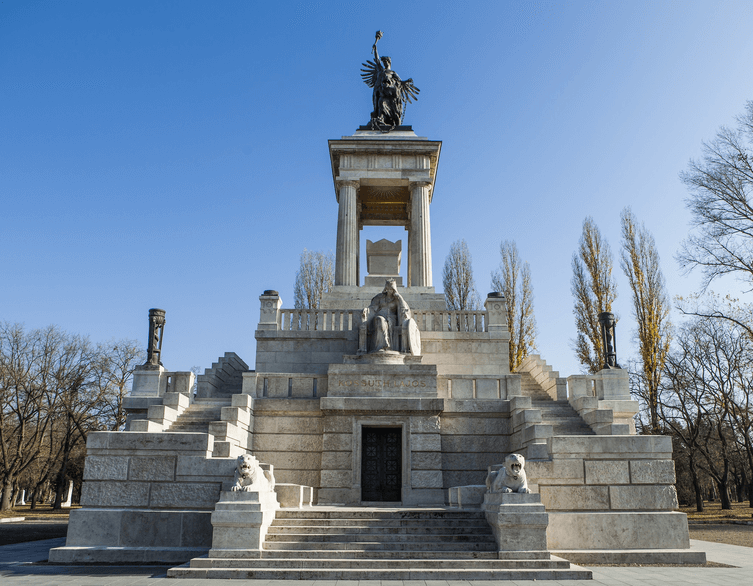
When most visitors think of Budapest tourism, they picture the majestic Parliament building, the thermal baths, or perhaps a Danube cruise at sunset. But there’s a quieter, more contemplative trend emerging across Europe that’s beginning to reshape how travelers experience cities like Hungary’s capital. Cemetery tourism, or “taphophilia” as enthusiasts call it, is drawing curious visitors away from crowded hotspots and into the peaceful, story-filled worlds of historic burial grounds.
More Than Monuments: Understanding the Appeal
Far from being macabre or unsettling, cemeteries offer something increasingly rare in modern travel: authentic connection. Jono Namara, a filmmaker who has explored hundreds of burial grounds across Europe, describes these spaces as “open-air museums” where art, architecture, and faith converge to tell stories that conventional attractions simply can’t match. His social media series explores how the dead continue to shape the living through the monuments and mysteries they leave behind.
What makes cemetery tourism particularly relevant for Budapest visitors is the city’s rich collection of historic burial grounds. These spaces provide windows into Hungarian culture, from the ornate Art Nouveau crypts of Kerepesi Cemetery to the Jewish heritage preserved at the Salgótarjáni Street Jewish Cemetery. Unlike the packed observation decks and tourist traps, these locations exist in “real” neighborhoods, far from tour buses and souvenir shops, offering glimpses of authentic Budapest life.
A Sanctuary From Overtourism
Dr. Dan O’Brien, a historian specializing in death-related topics at Bath University, points out an appealing paradox: cemeteries often sit near popular attractions yet provide peaceful refuge from crowds. He cites Venice’s cemetery on San Michele Island as a perfect example, a tranquil space where visitors can walk and reflect after navigating the city’s busier quarters. Budapest offers similar opportunities, with historic cemeteries providing contemplative breaks between exploring the Castle District or the bustling Great Market Hall.
The timing couldn’t be better for this alternative approach to sightseeing. As Budapest grapples with increasing visitor numbers, particularly during peak summer months and major events, travelers are actively seeking experiences that feel more meaningful than simply checking landmarks off a list. Cemetery tourism naturally addresses this desire while simultaneously easing pressure on the city’s most popular sites.
A Generational Shift in Travel Values
Tourism brand strategist Catherine Warrilow from The Plot identifies a deeper motivation behind this trend. Today’s travelers, especially Generation Z visitors, increasingly journey to discover themselves rather than simply destinations. They seek connection with human stories and authentic historical experiences, making cemeteries ideal locations for this type of engagement. It represents a rebellion against cookie-cutter itineraries focused on “must-see” attractions, favoring instead places that invite pause and reflection.
For Budapest specifically, this shift means visitors are discovering the city’s profound layers beyond its Instagram-famous sights. The elaborate tombstones and mausoleums scattered throughout Budapest’s cemeteries showcase everything from Hungarian folk art traditions to the influence of various religious communities that shaped the city’s character. These spaces tell stories of composers, revolutionaries, writers, and ordinary citizens whose lives wove the fabric of modern Budapest.
Beyond Cemeteries: The Broader Trend
While cemeteries anchor this movement, Warrilow notes that the impulse extends to other contemplative spaces. As travelers embrace the need to counterbalance overtourism, they’re actively seeking smaller, lesser-known destinations including chapels, ancient burial sites, historical ruins, and locations connected to folklore, myths, and legends. Budapest’s landscape offers all of these, from cave churches beneath Castle Hill to ruins of medieval monasteries along the Danube Bend.
This emerging travel philosophy aligns perfectly with Budapest’s character as a city where layers of history remain visible everywhere you look. The difference lies in slowing down enough to notice them. Instead of racing between Fisherman’s Bastion and the Opera House, visitors embracing cemetery tourism and similar approaches spend time in places where stories unfold more quietly, where the crowds thin out, and where the weight of history feels tangible rather than performative.
Fiumei Road Cemetery: Hungary’s Père-Lachaise
Often called the Hungarian Père-Lachaise, Fiumei Road Cemetery stands as Budapest’s most famous burial ground and one of Europe’s most significant. Opening in 1849 as a public cemetery, it has evolved into the nation’s most prestigious memorial site, serving as an open history book where different eras of Hungarian history unfold with each step.
Despite its location where two busy roads meet near the city center, the cemetery creates an oasis of tranquility. The noise of daily life simply doesn’t penetrate here. Instead, vast spaces unfold before you, clearings glowing with green grass, chestnut-lined pathways, and grandiose monuments alternating with artistic masterpieces that blur the line between memorial and sculpture. The atmosphere feels more like strolling through an elegant park than visiting a cemetery, making it ideal for contemplative autumn walks when the season itself echoes themes of rest and reflection.
Walking through Fiumei Road Cemetery, you’ll encounter dedicated sections for artists, Jacobins, heroes of the 1848 and 1956 revolutions, and World War II victims. The cemetery houses one of the world’s largest and most beautiful funeral carriages, the Apponyi hearse from the 1920s, now a glittering art object after careful restoration. Information boards throughout the grounds, many with English translations, guide you through layers of Hungarian history.
The cemetery’s crown jewels include the multi-tiered mausoleum of Count Lajos Batthyány, Hungary’s first prime minister, and the magnificent resting place of the Gundel family, founders of Hungary’s legendary gastronomic dynasty. Writer Mór Jókai’s intimate memorial sits within a rose garden surrounded by columns and draped in ivy, creating one of the cemetery’s most touching spots. Here you’ll also find the final resting places of Ferenc Deák, Lujza Blaha, Miklós Ybl, Lajos Kossuth, János Arany, Mihály Munkácsy, and Ignác Semmelweis, among countless other luminaries who built modern Hungary.
Address: 1086 Budapest, Fiumei út 16-18
Farkasréti Cemetery: An Enchanted Forest Garden
Budapest’s second most significant cemetery, Farkasréti, offers a completely different atmosphere from its famous counterpart. Perched on the edge of the forest in one of Budapest’s most beautiful districts, this hilly, wooded burial ground feels more intimate and family-oriented. Its proximity to nature means you might encounter squirrels, deer, or foxes during your visit, lending the cemetery an almost enchanted quality, as though you’ve stumbled into a fairy tale setting.
Among Budapest’s remarkable burial grounds, Farkasréti Cemetery stands out as a masterpiece of 20th-century funerary architecture nestled in the Buda hills. Established in 1894, this sprawling cemetery has evolved into an extraordinary sculpture park where Hungary’s greatest artists, musicians, and cultural figures rest beneath monuments that blur the line between memorial and modern art. Walking through Farkasréti feels less like visiting graves and more like exploring an outdoor gallery where each memorial tells a story through bold artistic choices, from abstract sculptures to traditional folk motifs reimagined in contemporary forms. The cemetery’s elevated location also rewards visitors with unexpected panoramic views across Budapest, creating moments where contemplation of individual lives naturally expands into reflection on the city itself.
The rolling, forested cemetery showcases stunning sculptures, captivating mausoleums, and monuments alongside the graves. Here rest Béla Bartók, one of Hungary’s most celebrated composers, Imre Makovecz, the architect known for his unique organic style, and Gizi Bajor, an acclaimed actress. Numerous Hungarian athletes, writers, artists, and contemporary actors have also found their final resting place here. In the cemetery’s rear quarter, a massive circular monument honors fallen Hungarian Olympians, testament to the nation’s sporting heritage.
Best deals of Budapest
Address: 1124 Budapest, Németvölgyi út 99
Salgótarjáni Street Jewish Cemetery: Hidden Treasures
One of Hungary’s most extraordinary burial grounds, the Salgótarjáni Street Jewish Cemetery opened in 1874 next to what is now Fiumei Road Cemetery. This relatively small site served as Pest’s only functioning Israelite cemetery until 1892, and in that brief time, it became an architectural jewel showcasing the elite of Budapest’s Jewish community.
The cemetery’s mausoleums, designed primarily by Sándor Fellner and Zsigmond Quittner, blend Jewish symbols with Hungarian folk motifs, creating a unique artistic synthesis. The ceremonial building and gate structure bear the signature of Béla Lajta, a genius of the Hungarian Art Nouveau period. Throughout the grounds, numerous memorials unite elements of Art Nouveau styling with traditional symbolism, creating works that transcend simple commemoration to become genuine art.
After Budapest’s 1945 siege, the majority of the ghetto’s victims were reburied here. However, from the 1950s onward, the cemetery fell into disuse, with the last burial occurring around the turn of the millennium. Decades of neglect followed. Vegetation overtook graves, vandals damaged mausoleums, and in the 1980s, the ceremonial building’s dome collapsed. The entire cemetery received monument protection in 2002, and in 2016, the National Heritage Institute assumed its management, beginning careful restoration work.
Visitors should note that men must enter with covered heads, and women with covered shoulders, respecting Jewish customs. The cemetery closes early on Fridays and remains closed on Saturdays and major Jewish holidays. Due to ongoing restoration, only designated areas are accessible, as some sections remain structurally unsafe.
Address: 1086 Budapest, Salgótarjáni utca 6
Kozma Street Jewish Cemetery: Europe’s Artistic Marvel
For those seeking an even more expansive Jewish heritage experience, Kozma Street Jewish Cemetery stands as one of Europe’s largest and most fascinating burial grounds. Opening in 1891, this vast necropolis has become the final resting place for over 300,000 people, making it not only Budapest’s largest Jewish cemetery but also one of the largest in Europe.
What sets Kozma Street apart is its remarkable artistic character. Unlike most Jewish cemeteries, Kozma Street features elaborate Art Nouveau mausoleums with sculpted human figures, which is quite rare in Jewish burial traditions. The cemetery walls are lined with protected mausoleums that showcase the extraordinary wealth and cultural sophistication of Budapest’s Jewish elite during the city’s golden age.
The cemetery tells deeply moving stories through its monuments. Olympic swimming champion and architect Alfréd Hajós designed the cemetery’s powerful Holocaust memorial, which displays hundreds of thousands of names with the inscription “They were killed by hate – let them be remembered by love.” Among the more unusual tombstones, visitors discover car-themed memorials including one for a 1930s racecar driver and another featuring a car gift from a devoted husband, as well as a broken propeller marking aviation pioneer Viktor Wittmann’s grave.
The cemetery maintains an atmospheric quality with parts remaining hauntingly overgrown while others have been carefully cleared. This creates a landscape that feels both wild and curated, offering photographers and history enthusiasts unique perspectives on Budapest’s past. Unlike the fully closed Salgótarjáni Street cemetery, Kozma Street continues to serve Budapest’s Jewish community, which is Europe’s third largest, giving it a living connection between past and present.
Visitors can reach the cemetery via tram line 28, which stops directly at the entrance. The cemetery maintains summer hours from 8:00 AM to 4:00 PM and winter hours from 8:00 AM to 3:00 PM, closed on Saturdays and Jewish holidays. Men should wear head coverings, and admission is free, though there’s a small parking fee for vehicles.
Address: 1108 Budapest, Kozma utca 6
All Saints’ Day: When Cemeteries Come Alive
If you’re visiting Budapest in early November, you’ll witness something extraordinary. While Halloween decorations might appear around the city, Hungary traditionally celebrates November 1st as All Saints’ Day, known locally as the Day of the Dead. This public holiday carries profound significance, as Hungarians visit cemeteries to light candles, decorate graves with wreaths and flowers, and remember their loved ones.
After sunset, hundreds of flickering candles transform the cemeteries into seas of tiny stars glowing in the darkness. The sight proves simultaneously moving and mesmerizing. Rather than focusing on the pain of loss, these candle flames emphasize loving remembrance, making November’s first day a deeply meaningful experience. Visiting Budapest’s famous cemeteries during this time offers foreign tourists a unique window into Hungarian traditions and the culture’s approach to memory and mortality.
Planning Your Cemetery Visit
Budapest’s historic cemeteries provide more than just tourist attractions; they offer genuine connection with Hungarian history and culture. Fiumei Road Cemetery is easily accessible near the city center, while Farkasréti requires a journey into the Buda hills via bus or tram. The Salgótarjáni Street Jewish Cemetery sits adjacent to Fiumei Road, allowing visitors to explore both in a single trip. Kozma Street Cemetery, though farther out in District X, rewards the journey with its unparalleled scale and artistic treasures.
These aren’t quick stops to check off a list. Allow time to wander, to sit on benches beneath ancient trees, to study the artistry of monuments, and to absorb the stories etched in stone. Information boards and mobile applications can guide you to notable graves, but some of the most rewarding moments come from unexpected discoveries along quiet paths.
The beauty of cemetery tourism in Budapest lies in how it enriches rather than replaces traditional sightseeing. After experiencing the energy of the Great Market Hall or the grandeur of St. Stephen’s Basilica, stepping into these peaceful spaces provides context and depth. You begin understanding not just what Budapest looks like, but what it means, how it came to be, and the remarkable individuals who shaped its identity across generations. In a city already known for its ability to surprise and move visitors, these historic cemeteries add yet another dimension to the Budapest experience, one where history whispers its secrets to those willing to listen.
Related news
Related attractions










